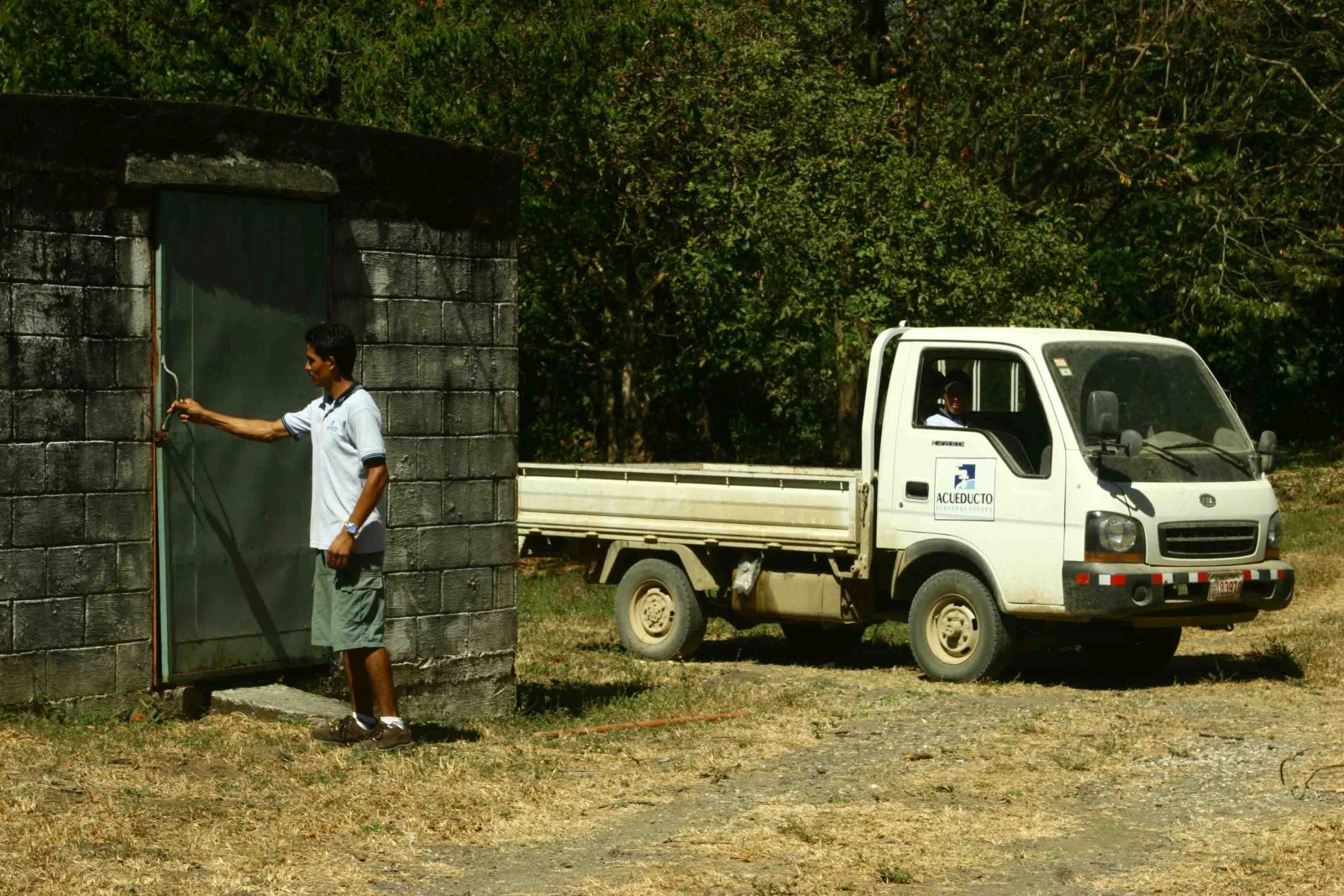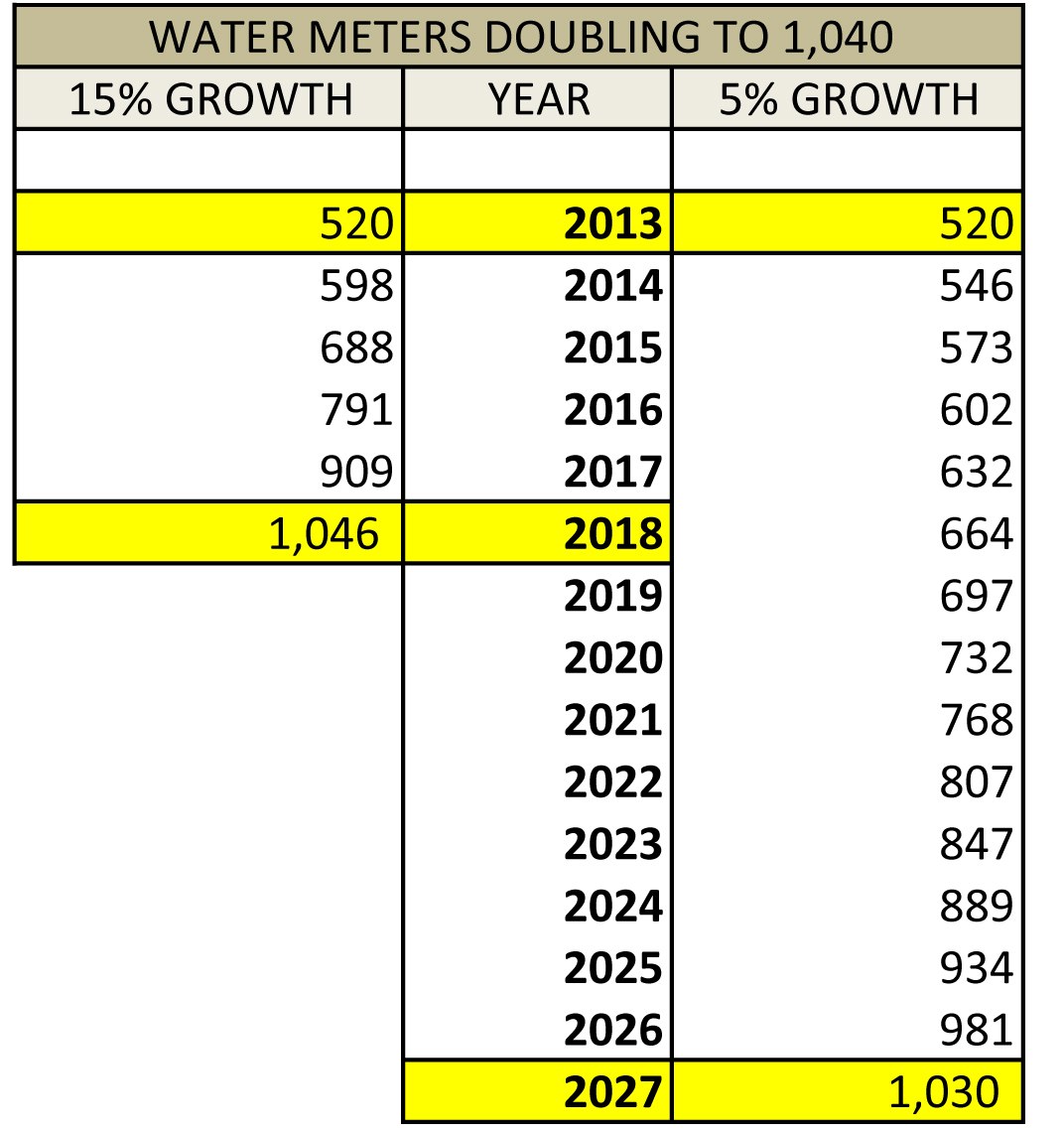
On December 20, members of the Playas de Nosara ASADA water board, sometimes referred to as the American Project ASADA, held a meeting to discuss the results of an engineering report required by the Costa Rican Water and Sewage Institute (AyA) as part of the rate increase application.
Once the report has been sent to AyA, it will then go to ARESEP (Autoridad Reguladora de los Servicios Públicos), the Regulatory Authority for Public Services, who ultimately will decide if the rate increase request will be granted. Given that the ASADA currently does not have enough money in the bank to cover any major incident such as a broken tank, the results of the mandated study were highly anticipated.
Conducted by one of only two AyA-approved hydraulic engineers in the country, Freddy Humberto Zuñiga, the report analyzed the infrastructures, pipes and pipe distribution with 20-year projections, and found that the pipes are in accordance with AyA’s regulations, which the ASADA must comply with. Next Zuñiga analyzed the area’s wells: how much water is produced, equipment, how the water moves in the ground and electric consumption for the pumps. The report likewise revealed that Nosara’s nine wells are indeed in compliance with AyA’s regulations and have the capacity to last 20 years before they should need to be replaced.
But considering the ASADA’s dire financial state and new ordinances from the Ministry of Health to maintain the wells, tanks and pipes (which means extra costs), as well as the need to increase supply and distribution in order to meet the area’s growth, the ASADA board maintains that it is not financially feasible without a rate increase.
Lastly, Zuñiga evaluated the economics of the water system operation, looking at inventory, cost and legally necessary future investments. For example, water pipes located on private properties must be moved to the road with public access for repair and new construction must stay three meters away from wells. Since the ASADA is already barely treading water every month, the board affirms that these safety and health measures are, at the current rates, fiscally impossible to comply with.
From his analysis, Zuñiga was able to establish a real cost breakdown of the Nosara water system and create the financial cost list document that AyA requires for rate increase approval. According to Zuñiga’s calculations, it will cost 188 million colones ($376,000) to provide water for the area next year. This year’s cost was just over 150 million colones ($300,000). In that Zuñiga’s expertise carries great weight with AyA, the ASADA feels they have the financial evidence needed to prove that the community is in need of the rate increase.
The proposed new rates were presented and reflected a 1000% increase. The new rates are incremental. According to the board, this works better because it penalizes big users, which will hopefully discourage people from wasting water. The ASADA used AyA’s rate formula to come up with the financial structure.
A vote was taken and all of the more than 30 people in attendance were in favor; there was not a single objection. Now the report can be submitted to ARESEP, who may require more community meetings to prove that the majority is in support of the rate increases. From those findings, they will decide to approve the request or not. There is no indication as to how long the remaining application process will take, but the ASADA is preparing for a long wait.
As of now, 80% of water consumers pay the voluntary fee to the ASADA, which keeps the water supply going.
According to projections by ASADA Treasurer John Ermantinger, if everyone paid the voluntary fee, the water board would earn an additional 25 million colones ($50,000) per year. Therefore, by officially increasing rates the ASADA would be able to generate savings for needed future investments and improvements, not to mention to prepare for possible disasters. Considering that some of the PVC pipes in the ground here are 40 years old and earthquakes are prevalent, Ermantinger advised that it would be wise to have a good reserve of money in the bank.







Comments